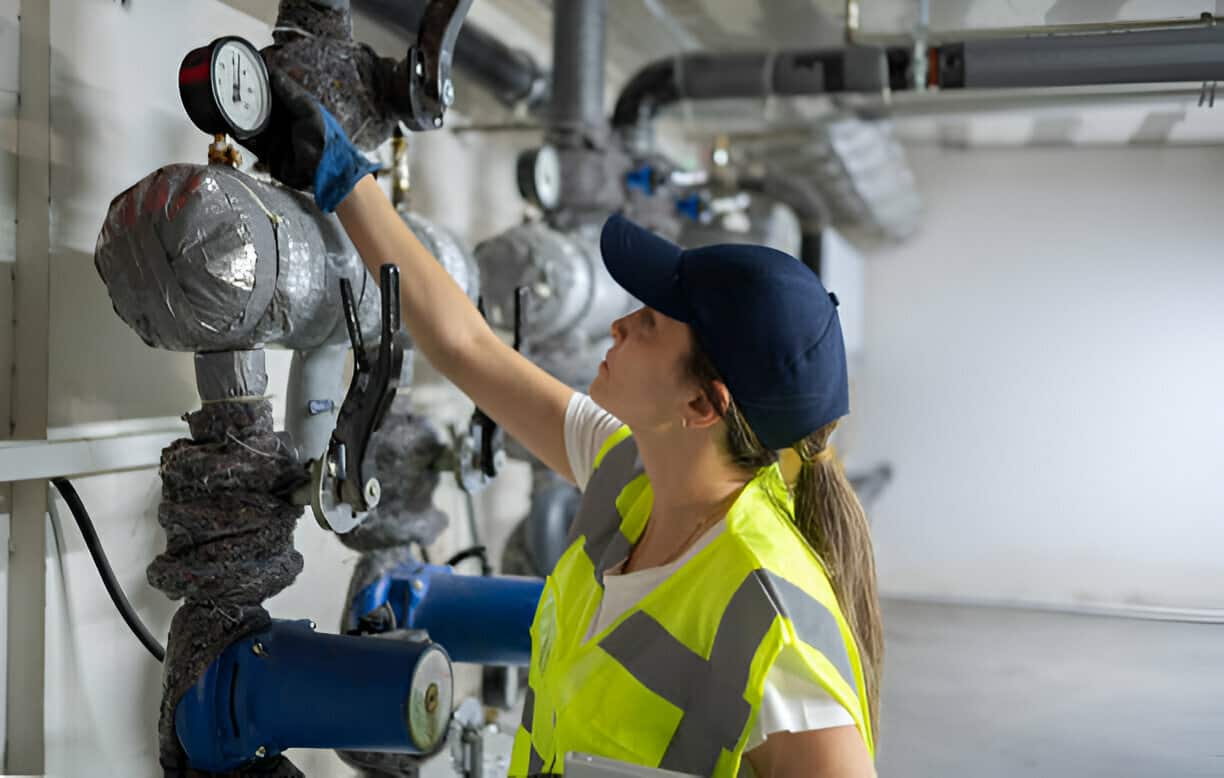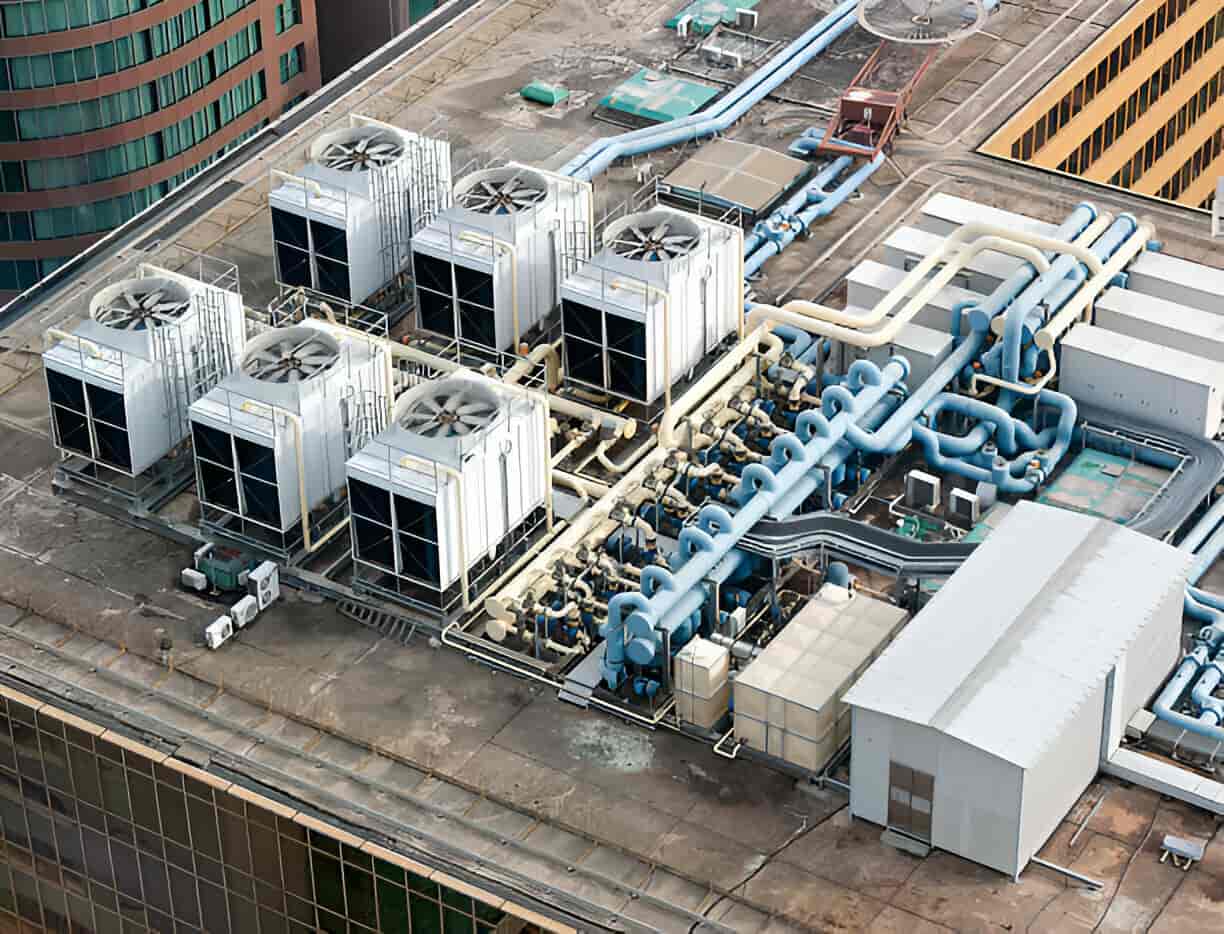
HVAC Repair in Lake Hughes, CA
Keeping your heating, ventilation, and air conditioning system running reliably is essential for comfort and safety in Lake Hughes, CA. With hot, dry summers, cool winter nights, frequent dust and pollen, and periodic wildfire smoke and Santa Ana winds, HVAC systems here face unique stresses that make timely diagnostic and repair services important. This page explains common HVAC fault symptoms, our approach to emergency and scheduled repairs, typical troubleshooting and parts replacement procedures, safety and performance checks, transparent pricing and guarantees, and practical steps you can take to reduce future failures.

Why timely HVAC repair matters in Lake Hughes
Lake Hughes homes often confront temperature extremes and airborne contaminants that strain HVAC equipment. Running an underperforming system can raise energy costs, reduce indoor air quality, and create safety risks such as electrical faults or carbon monoxide exposure in heating systems. Prompt, accurate repair restores comfort, improves efficiency, and prevents small issues from becoming costly failures during high-demand periods.
Common HVAC repair issues in Lake Hughes
Residents and property managers in the area frequently see the following problems:
- Air conditioner not cooling or short cycling during hot afternoons. Often caused by refrigerant leaks, failing capacitors, or dirty coils.
- Weak airflow from vents due to dirty blower motors, clogged filters, or duct obstructions.
- Uneven temperatures across rooms caused by thermostat errors, zoning problems, or duct leaks.
- Heating failures in gas furnaces or heat pumps during cool nights; symptoms include ignition failures, strange odors, or noisy operation.
- Electrical failures such as tripped breakers or burned contactors from age, corrosion, or power surges during storms.
- Air quality concerns after wildfire smoke events: particulate buildup, odors, and clogged filters.
- Water or drainage problems like clogged condensate drains leading to water leaks and safety shutoffs.
How diagnostics work: systematic, transparent, and local-aware
A thorough diagnostic isolates the root cause rather than treating symptoms. The diagnostic process typically includes:
- Initial symptom intake and system history review to understand when and how the problem began.
- Visual inspection of the outdoor unit, indoor air handler or furnace, ductwork, and thermostat for obvious issues.
- Airflow and pressure tests using airflow meters and static pressure readings to find blockages or leaks.
- Electrical testing with multimeters to check capacitors, contactors, fuses, and control circuits.
- Refrigerant system check including pressure measurements to detect leaks and proper charge levels.
- Combustion and carbon monoxide checks for gas-fired equipment to ensure safe operation.
- Indoor air quality assessment when smoke, allergens, or odors are reported.
Diagnostics are documented with clear notes and a written estimate for repairs and parts, including explanation of alternatives when applicable.
Emergency vs scheduled repairs
- Emergency repairs address immediate safety or comfort threats: no heat on a winter night, complete AC failure during extreme heat, gas odor, or active water leaks. Emergency work prioritizes safe operation and temporary stabilization followed by a plan for full repair.
- Scheduled repairs are for non-critical issues or planned replacements such as compressor swaps, motor replacements, or duct sealing. Scheduling allows for ordered parts, planned downtime, and verification testing after completion.
Both approaches follow the same diagnostic rigor but differ in response time and logistics—important for the remote and rural stretches around Lake Hughes.
Typical troubleshooting and parts replacement procedures
Common repairs performed in this region include:
- Capacitor and contactor replacement for motors that hum but do not start.
- Compressor repairs or replacement when the outdoor unit will not compress refrigerant properly.
- Refrigerant leak location and repair with dye or electronic leak detectors, followed by evacuation and proper recharging to manufacturer specifications.
- Blower motor and belt replacement to restore adequate airflow.
- Thermostat calibration or replacement to correct control and zoning issues.
- Heat exchanger and ignition system repairs for safe furnace operation.
- Condensate drain clearing and trap replacement to prevent leaks and water damage.
- Duct repair and sealing to improve efficiency and comfort.
All replacement parts are selected to match system requirements and local code. Repairs include post-repair testing and written notes on warranty coverage for parts and labor.
Safety and performance checks after repair
Every repair should conclude with a comprehensive check to ensure safety and efficiency:
- Verify electrical connections and proper breaker settings.
- Confirm refrigerant charge and superheat/subcooling levels.
- Measure airflow and indoor temperature splits.
- Test combustion safety and measure carbon monoxide where applicable.
- Inspect condensate paths to prevent future nuisance shutdowns.
- Run the system through full operating cycles to confirm reliability.
These checks reduce the chance of repeat visits, particularly important for Lake Hughes homes where travel time can affect scheduling.
Transparent pricing and service guarantees
Transparent repair service in this market means clear, written estimates, itemized parts and labor descriptions, and upfront explanations of repair options and expected lifespans. While exact pricing varies by the nature of the repair and parts required, reliable practices include:
- A documented diagnostic fee applied to the final repair invoice when work proceeds.
- Written estimates outlining repair scope, parts to be replaced, and any recommended upgrades.
- Guarantees covering workmanship and parts for a stated period after repair, with clear details on what is included.
- Compliance with local permits and code requirements when replacements or significant changes are made.
These policies help you evaluate repair decisions with confidence and compare options objectively.
Preventive maintenance tips to avoid future failures
Small seasonal investments reduce repair frequency and extend equipment life. Recommended preventive actions for Lake Hughes homes:
- Change or clean filters every 1 to 3 months; consider higher-efficiency MERV-rated filters during wildfire season.
- Schedule spring AC tune-ups before the hottest months and fall heating checks before cooler nights begin.
- Keep outdoor units free of dust, leaves, and debris; maintain 2 to 3 feet of clearance around condensers.
- Install surge protection to reduce risk during lightning and Santa Ana wind events that can cause power fluctuations.
- Clean coils and condensate drains annually to avoid efficiency losses and shutdowns.
- Consider whole-home air cleaners, UV lamps, or upgraded filtration if wildfire smoke and allergens are recurrent problems.
- Program thermostats for sensible setbacks and use zoning adjustments to reduce strain on systems.
Final notes on value and reliability
Effective HVAC repair in Lake Hughes, CA restores comfort, protects indoor air quality, and reduces long-term energy costs. Proper diagnostics, timely emergency response when needed, careful parts selection, and comprehensive safety checks are the foundation of reliable service in this region. Following routine maintenance and addressing symptoms early will minimize disruptions and keep systems running efficiently through Lake Hughes heat, wind, and seasonal air quality challenges.





